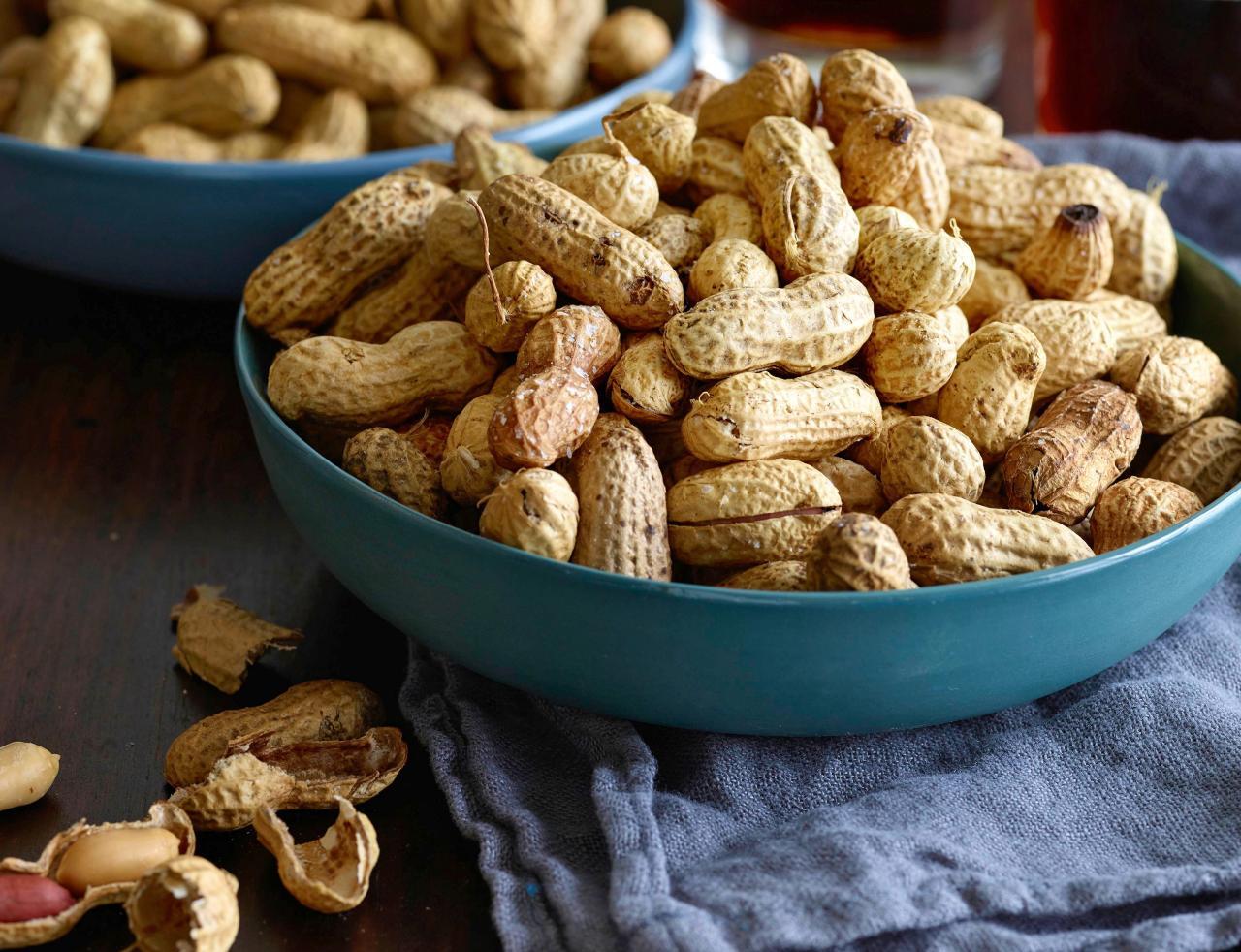

Articles
How To Store Roasted Peanuts
Modified: January 5, 2024
Learn the best way to store roasted peanuts in this informative article. Keep your peanuts fresh and crispy for longer with these simple storage tips.
(Many of the links in this article redirect to a specific reviewed product. Your purchase of these products through affiliate links helps to generate commission for Storables.com, at no extra cost. Learn more)
Introduction
Roasted peanuts are a delicious and versatile snack that can be enjoyed on their own, added to salads or trail mixes, or used in various recipes. However, to ensure their freshness and maximize their shelf life, it is essential to store roasted peanuts properly. By following a few simple steps, you can keep your roasted peanuts crunchy and flavorful for an extended period.
In this article, we will guide you through the process of storing roasted peanuts, from selecting the right container to choosing the ideal storage location. We will also provide useful tips for monitoring freshness and reviving stale peanuts. So, let’s get started with preserving the deliciousness of your roasted peanuts.
Key Takeaways:
- Properly storing roasted peanuts is crucial for maintaining their freshness and flavor. Follow the steps outlined in this article to ensure your peanuts stay delicious and enjoyable for an extended period.
- In the event that your roasted peanuts become stale, don’t despair. There are methods to revive their texture and bring back some freshness, allowing you to continue enjoying these delightful snacks.
Read more: How To Store Peanuts
Step 1: Selecting the Right Container
The first step in properly storing roasted peanuts is selecting the right container. The container you choose should be airtight and capable of keeping moisture and air out, preventing the peanuts from going stale or absorbing unwanted odors.
One of the best options for storing roasted peanuts is a glass jar with a tight-fitting lid. Glass containers do not absorb odors and are transparent, allowing you to see the contents easily. Alternatively, you can use plastic containers that are specifically designed for food storage. Make sure the containers are made of food-grade material and have airtight seals.
Avoid using paper bags or cardboard containers as they are not sealable and don’t provide adequate protection against moisture and air, increasing the likelihood of the peanuts going bad quickly.
When selecting the container, consider the quantity of roasted peanuts you are storing. If you have a large quantity, opt for multiple smaller containers to prevent unnecessary exposure to air when accessing the peanuts. This will help maintain their freshness for a longer period.
Once you have found the right container(s), ensure they are clean and dry before transferring the roasted peanuts. Any residue or moisture in the container can compromise the quality of the peanuts and lead to spoilage.
By selecting the right container, you lay the foundation for proper peanut storage, keeping them fresh and delicious for an extended period. Now that you have the right container, let’s move on to the next step: cooling the roasted peanuts.
Step 2: Cooling the Roasted Peanuts
After roasting, it’s crucial to let the peanuts cool completely before storing them. This step is essential to prevent condensation and moisture buildup inside the container, which can lead to spoilage.
Once the peanuts are out of the oven or stovetop, spread them out on a clean baking sheet or a cooling rack. Allow them to cool at room temperature for at least 30 minutes to an hour. Avoid rushing this process by transferring hot peanuts directly into the storage container, as it can cause the nuts to sweat and lose their crispness.
Cooling the peanuts also helps to stabilize their flavors and textures. The heat from the roasting process causes the oils in the peanuts to become more aromatic, and letting them cool down allows the flavors to settle and develop fully.
During the cooling process, you can gently toss the peanuts to ensure even airflow and prevent them from sticking together. Once they have cooled completely and are at room temperature, they are ready to be transferred to the selected container.
Remember, patience is key when it comes to cooling roasted peanuts. Allowing them to cool properly will help maintain their optimal taste and texture, ensuring a satisfying snacking experience. Now that the peanuts are cooled, we can move on to the next step: removing the skins (optional).
Step 3: Removing the Skins (optional)
Removing the skins from roasted peanuts is an optional step that some individuals prefer to do for a smoother texture and milder flavor. The skins of the peanuts can have a slightly bitter taste, and removing them can enhance the overall eating experience. However, if you enjoy the extra crunch and prefer to keep the skins on, feel free to skip this step.
To remove the skins, you can utilize a simple technique that involves rubbing the peanuts together. Take a handful of cooled roasted peanuts and rub them gently between your hands or in a clean kitchen towel. The friction will cause the skins to loosen and come off easily.
If you’re working with a large quantity, you can also use a colander or a mesh sieve. Place the peanuts in the colander or sieve and shake it gently. The skins will fall through the holes, leaving you with skinless peanuts.
After removing the skins, you can discard them or repurpose them for other uses. Some people use discarded peanut skins as mulch for plants or add them to compost piles for nutrient-rich soil.
Remember, removing the skins is purely a matter of personal preference. If you enjoy the added texture and flavor complexity that the skins provide, feel free to keep them on. However, if you prefer a smoother and milder taste, go ahead and remove the skins. With or without the skins, the next step remains the same: storing the peanuts in airtight containers.
Step 4: Storing in Airtight Containers
Once the roasted peanuts have cooled and, if desired, the skins have been removed, it’s time to transfer them to airtight containers for proper storage. Airtight containers help to protect the peanuts from moisture, air, and other contaminants, ensuring their freshness and flavor are preserved.
Choose the container(s) that you previously selected in Step 1, ensuring they are clean and dry. Fill the containers with the cooled roasted peanuts, leaving some headspace at the top. This extra space will allow for expansion if the peanuts release any residual moisture.
Avoid overfilling the containers as it can result in extra pressure on the seal, potentially compromising its effectiveness. It’s better to use multiple containers if you have a large quantity of peanuts rather than cramming them all into one.
Before sealing the containers, make sure there are no stray peanut skins or debris that could compromise the airtight seal. Wipe the rim of the container clean to remove any oil or crumbs that could prevent a proper seal from forming.
Once the containers are filled and cleaned, securely close the lids to create a tight seal. Double-check that the lids are properly fastened to prevent any air or moisture from entering. A snug and secure seal will help maintain the quality of the peanuts over time.
If you are using a container with a screw-top lid, ensure that you twist it tightly until it is fully sealed. For containers with snap-on lids, make sure they are locked in place. Additionally, if your container has a built-in gasket or silicone seal, inspect it periodically to ensure it remains intact and functional.
Storing the roasted peanuts in airtight containers is essential for preserving their taste, texture, and freshness. Once the containers are sealed, it’s time to decide on the ideal storage location, which we’ll explore in the next step.
Read more: How To Store Raw Peanuts
Step 5: Choosing an Ideal Storage Location
After storing the roasted peanuts in airtight containers, it’s important to select an ideal storage location that will help maintain their quality and extend their shelf life. The right storage environment can make a significant difference in keeping the peanuts fresh and flavorful for longer periods.
When choosing a storage location, consider the following factors:
- Temperature: Roasted peanuts should be stored in a cool and dry place. Excessive heat can accelerate the oxidation process and cause the peanuts to become rancid. Aim for a temperature of around 60°F to 70°F (15°C to 21°C) for optimal storage.
- Avoid Exposure to Sunlight: Sunlight can degrade the quality of roasted peanuts, causing them to lose their flavor and texture. Therefore, it’s best to store them in a dark or opaque area where they won’t be exposed to direct sunlight.
- Humidity: Moisture is one of the biggest enemies of roasted peanuts as it can lead to mold or sogginess. Avoid storing them in areas with high humidity, such as the kitchen near the stove or sink. Instead, choose a dry location, such as a pantry or cupboard.
- Away from Strong Odors: Peanuts are highly absorbent and can easily pick up odors from their surroundings. Keep them away from strong-smelling substances like spices, cleaning supplies, or aromatic foods to prevent any unwanted flavor transfer.
Based on these considerations, ideal storage locations for roasted peanuts include a cool pantry or cupboard, away from heat sources and direct sunlight. If you live in a particularly humid climate, you may also want to consider storing the peanuts in the refrigerator or freezer.
However, keep in mind that refrigeration or freezing can cause the peanuts to lose some of their crunchiness. If you opt for cold storage, make sure the peanuts are sealed in moisture-proof packaging, such as a freezer bag, to prevent the formation of ice crystals and moisture absorption.
By choosing the right storage location, you can maintain the freshness and flavor of your roasted peanuts for an extended period. Now that you’ve learned about the ideal storage environment, let’s move on to the next step: monitoring for freshness.
Store roasted peanuts in an airtight container at room temperature for up to 3 months. For longer storage, keep them in the refrigerator or freezer to maintain freshness and prevent them from becoming rancid.
Step 6: Monitoring for Freshness
Once you have stored the roasted peanuts in the ideal location, it’s important to monitor their freshness periodically. While properly stored roasted peanuts can have a long shelf life, it’s still essential to check for any signs of spoilage or staleness. This will ensure that you always enjoy the best quality peanuts.
Here are some ways to monitor the freshness of your roasted peanuts:
- Visual Inspection: Examine the peanuts visually for any signs of mold, discoloration, or unusual growth. Fresh peanuts should have a uniform color and appear plump and crisp. Discolored or shriveled peanuts may indicate spoilage, and it’s best to discard them.
- Aroma: Give the peanuts a good sniff to detect any off odors or rancidity. Freshly roasted peanuts should have a pleasant, nutty smell. If they smell off or stale, it’s a sign that they may have gone bad and should not be consumed.
- Taste: Periodically taste a few roasted peanuts to check for freshness and flavor. Stale or rancid peanuts will have an off taste and might lack crunchiness. If the peanuts taste unpleasant or different from their usual flavor, it’s best to discard them.
Regularly inspecting and sampling the roasted peanuts will help you catch any signs of deterioration early on, ensuring that you only consume the best quality nuts. If you notice any indications of spoilage, it’s better to err on the side of caution and discard the affected peanuts.
By staying vigilant and monitoring the freshness of your roasted peanuts, you can enjoy them at their peak quality. Now that you know how to monitor freshness, we can move on to the next step: properly sealing the containers for long-term storage.
Step 7: Properly Sealing the Containers
Ensuring that the containers storing your roasted peanuts are properly sealed is crucial for maintaining their freshness and flavor. Airtight seals prevent air, moisture, and other contaminants from entering the containers, preserving the quality of the peanuts over time.
Here are some tips for properly sealing the containers:
- Check the Lid or Seal: Before sealing the containers, inspect the lid or seal for any cracks, damage, or wear. A damaged seal may compromise the container’s ability to create an airtight environment, leading to a shorter shelf life for the peanuts. Replace any damaged lids or seals if necessary.
- Clean the Rim: Wipe the rim of the container clean to remove any oil, crumbs, or debris. A clean rim ensures a proper seal and prevents any particles from interfering with the airtightness of the container.
- Position the Lid Correctly: Ensure that the lid is aligned properly with the container and in the correct position. It should fit snugly and securely to create a complete seal. Incorrectly positioned lids may result in gaps or air leakage.
- Press or Apply Pressure: For containers with snap-on lids, apply gentle pressure evenly around the edges to ensure a tight seal. For containers with screw-top lids, twist them tightly until fully sealed. Apply enough pressure without over-tightening that could damage the container or lid.
- Test the Seal: After sealing the containers, give them a gentle shake to test the seal’s integrity. If you hear any rattling or movement, double-check the lid’s positioning, apply more pressure, or consider using a different container with a more secure seal.
Properly sealing the containers is essential for preserving the freshness of the roasted peanuts. A secure seal will help to maintain the desired texture, flavor, and crunchiness of the nuts for a longer period.
Remember to reseal the containers tightly after each use to continue protecting the peanuts from air, moisture, and potential contaminants. The next step will cover an important aspect of storage: labeling and dating the containers for easy reference.
Step 8: Labeling and Dating the Containers
Labeling and dating the containers storing your roasted peanuts is a simple yet effective step in ensuring organization and easy reference. By clearly labeling and dating each container, you can easily identify the contents and keep track of their freshness and storage duration.
Here are some tips for labeling and dating your containers:
- Label the Containers: Use adhesive labels or permanent markers to label each container with the contents, such as “Roasted Peanuts,” to avoid any confusion in the future. You can be as specific as you’d like, including additional details like the roast date or any flavorings added.
- Date the Containers: Write down the date of storage on each container to track the peanuts’ freshness. This is especially important if you store different batches of roasted peanuts or plan to rotate your stock to ensure you consume the oldest peanuts first.
- Consider Additional Information: If you have specific preferences or special instructions for the roasted peanuts, such as “Keep refrigerated” or “Best consumed within 3 months,” you can include this information on the label as a reminder.
- Permanent Marker or Waterproof Labels: Ensure that the labeling method you choose is resistant to smudging, fading, and moisture. This way, the labels will remain legible throughout the storage duration and any potential contact with condensation or liquids.
Labeling and dating the containers will help you stay organized and ensure you know the freshness and contents of each one. This simple step saves time and enables you to enjoy the roasted peanuts at their best quality.
As you move forward with storage, labeling, and dating, you may encounter situations where you need to decide between storing your roasted peanuts in the pantry or freezer. Step 9 will cover the options and considerations for both storage methods.
Read more: How To Store Peanut Oil
Step 9: Storing in Pantry or Freezer
When it comes to storing your roasted peanuts, you have the option of keeping them in the pantry or storing them in the freezer. Both methods have their advantages and considerations, so let’s explore each one:
- Storing in the Pantry: If you plan to consume your roasted peanuts within a few weeks or months, storing them in the pantry is a suitable option. Make sure the peanuts are stored in a cool, dry place away from direct sunlight and excessive heat. A pantry or cupboard with a consistent temperature of around 60°F to 70°F (15°C to 21°C) is ideal. Ensure that the containers are properly sealed to maintain freshness and protect against moisture and pests.
- Storing in the Freezer: If you want to extend the shelf life of your roasted peanuts or have a larger quantity that won’t be consumed quickly, storing them in the freezer is an excellent choice. Freezing the peanuts can help preserve their taste and texture for several months. To freeze roasted peanuts, ensure they are stored in airtight, freezer-safe containers or resealable bags. It’s advisable to divide the peanuts into smaller portions to minimize the frequency of opening and thawing the entire batch. When ready to use, allow the frozen peanuts to thaw in the refrigerator or at room temperature before consuming.
Whether you choose to store your roasted peanuts in the pantry or freezer, it’s important to consider the following:
- Protection against Moisture: Moisture is the primary factor that can affect the quality of roasted peanuts. Ensure that the containers are moisture-proof and properly sealed to prevent the absorption of moisture, which can lead to a loss of crunchiness and overall freshness.
- Temperature Stability: Regardless of the storage location, maintaining a stable temperature is crucial. Fluctuations in temperature can accelerate the oxidation process and compromise the flavor and texture of the peanuts. Avoid exposing the containers to temperature extremes and rapid temperature changes.
- Proper Thawing (for frozen peanuts): If you decide to store your roasted peanuts in the freezer, remember to thaw them properly before consuming. Thawing in the refrigerator or at room temperature gradually will help retain the peanuts’ quality and prevent any unwanted texture changes.
By choosing the most suitable storage method for your needs and considering the factors mentioned above, you can preserve the freshness and taste of your roasted peanuts for an extended period.
Finally, for those moments when you discover that your previously stored roasted peanuts have turned stale, we have one last step to cover: tips for reviving stale peanuts in Step 10.
Step 10: Tips for Reviving Stale Peanuts
Stale peanuts can be disappointing, but fear not! There are a few simple techniques you can try to revive their texture and bring back some freshness. Here are some tips to help you breathe new life into stale roasted peanuts:
- Re-roasting: One effective method to revive stale peanuts is to re-roast them. Preheat your oven to around 350°F (175°C) and spread the stale peanuts on a baking sheet in a single layer. Roast them for about 5-10 minutes, checking them frequently, until they become crisp and aromatic again. Be careful not to over-roast them, as they can quickly turn burnt and lose their flavor.
- Microwave Method: If you’re short on time or prefer a quicker method, you can try using the microwave. Place the stale peanuts on a microwave-safe plate and heat them in short intervals, about 20-30 seconds at a time. Check their texture and flavor between intervals until they become crunchy and appealing.
- Frying: Another option is to fry the stale peanuts in a small amount of oil. Heat oil in a pan and add the peanuts, stirring frequently until they become crispy and regain their crunchiness. This method works best with smaller batches of peanuts.
- Moisture Method: Sometimes the staleness in peanuts is due to dryness. To combat this, you can introduce a bit of moisture. Dampen a paper towel or clean cloth and place it over a bowl of stale peanuts. Allow them to sit for a few hours or overnight, and the peanuts will absorb the moisture, restoring some of their moisture and texture.
Regardless of the method you choose, it’s important to let the peanuts cool down completely before consuming them. This helps to ensure that they regain their desired texture and that any residual moisture has evaporated.
Keep in mind that while these methods can bring back some of the crunchiness and freshness to stale peanuts, it’s always best to consume roasted peanuts when they are at their peak quality. If the peanuts still have an off taste or texture after attempting to revive them, it’s advisable to consider using them in recipes that call for crushed or ground peanuts rather than eating them as a snack.
With these tips, you can try to revive stale roasted peanuts and salvage their flavors. However, it’s always ideal to store and consume your peanuts when they are at their freshest.
Now that you have completed all the steps for storing and reviving roasted peanuts, feel confident in your ability to maintain their quality and enjoy them for longer periods. Happy snacking!
Conclusion
Properly storing roasted peanuts is essential to maintain their freshness, flavor, and crunchiness. By following the steps outlined in this article, you can ensure that your roasted peanuts stay delicious and enjoyable for an extended period.
From selecting the right container to sealing and labeling them, each step plays a crucial role in preserving the quality of the peanuts. Cooling them before storage, optionally removing the skins, and properly sealing the containers are vital considerations to keep in mind.
Choosing an ideal storage location, whether it’s a pantry or freezer, is necessary to maintain the proper temperature and protect the peanuts from light, humidity, and strong odors. Regularly monitoring the peanuts for freshness, both through visual inspection and taste, helps avoid consuming stale or spoiled nuts.
In the event that your roasted peanuts do become stale, don’t despair. There are methods to revive their texture and bring back some freshness. Re-roasting, microwaving, frying, or introducing a bit of moisture can help breathe new life into stale peanuts and make them enjoyable again.
By understanding the steps for storing and reviving roasted peanuts, you can confidently prolong their shelf life and make the most out of your snacking experience. Remember to always use clean containers, properly seal them, and label them with the storage date for easy reference.
Now that you have the knowledge and techniques, you can savor the deliciousness of roasted peanuts for months to come. Enjoy the versatility and flavors of these delightful snacks, whether on their own, in recipes, or as part of your favorite trail mixes. Happy storing and snacking!
Frequently Asked Questions about How To Store Roasted Peanuts
Was this page helpful?
At Storables.com, we guarantee accurate and reliable information. Our content, validated by Expert Board Contributors, is crafted following stringent Editorial Policies. We're committed to providing you with well-researched, expert-backed insights for all your informational needs.
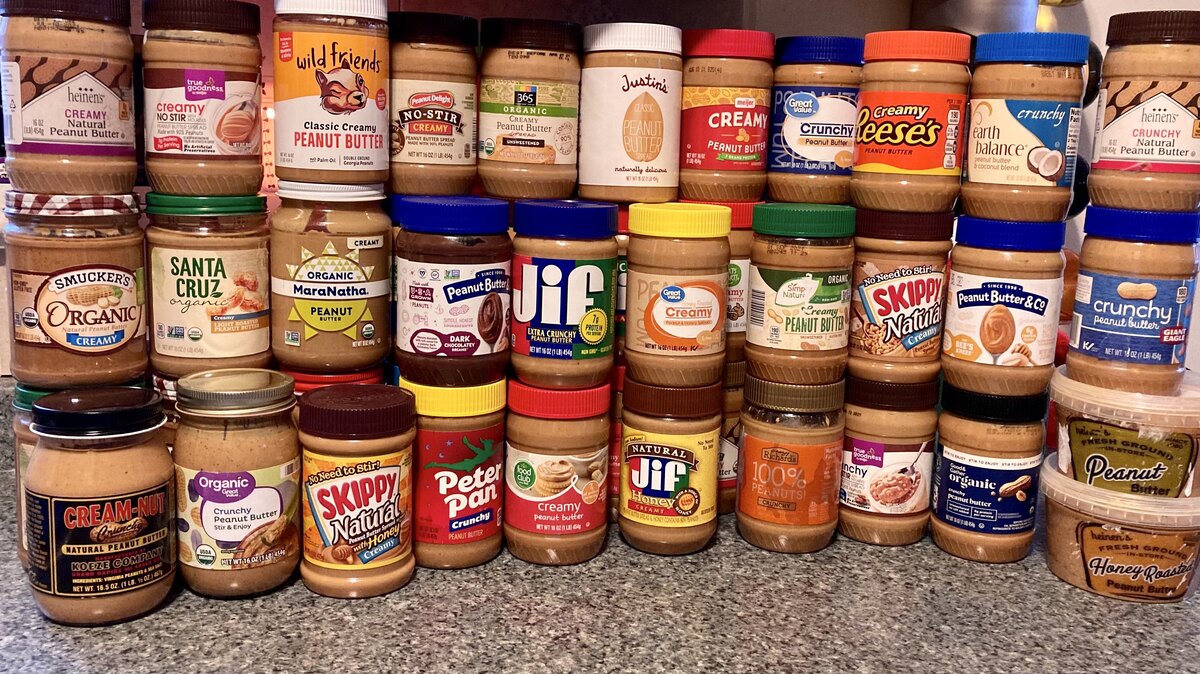
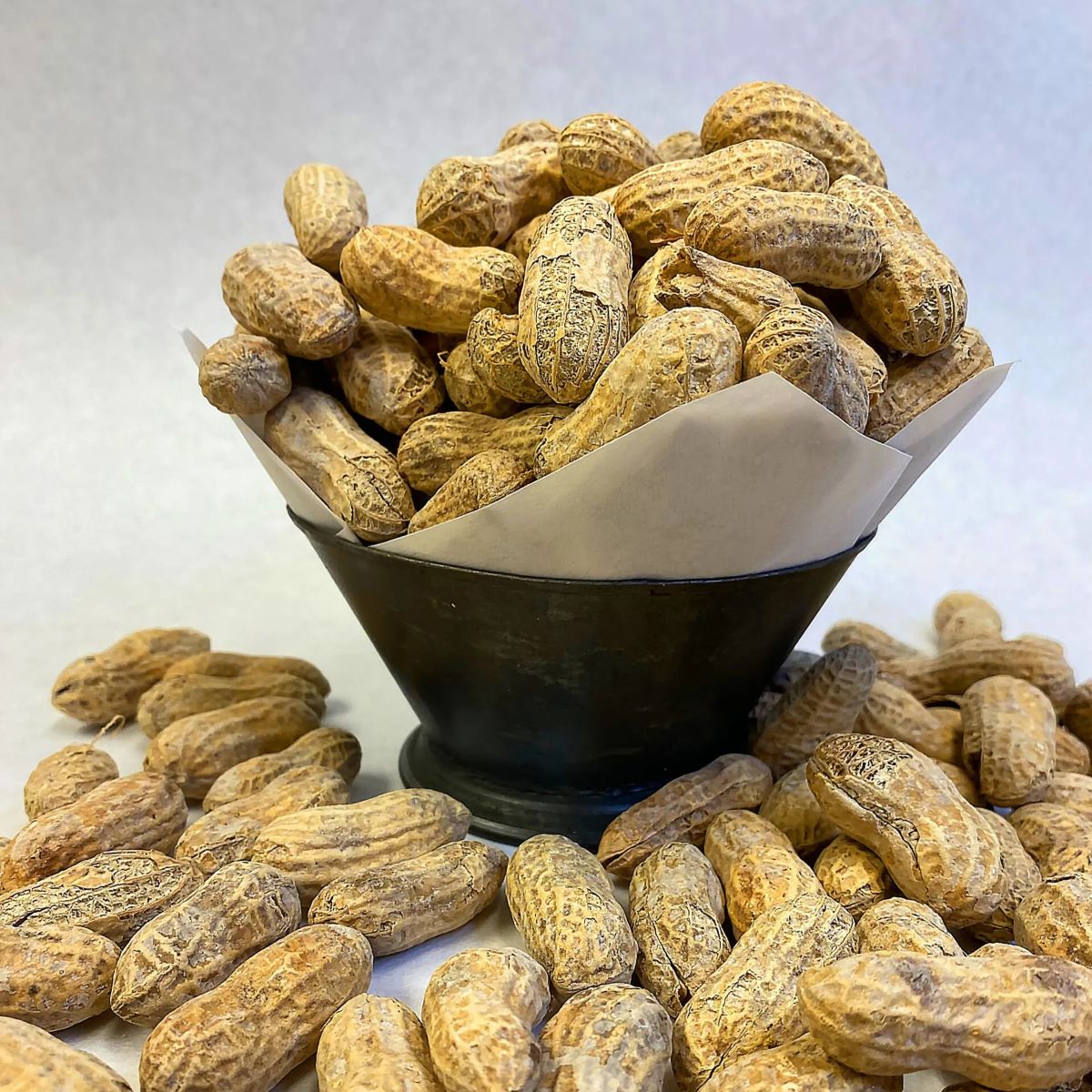
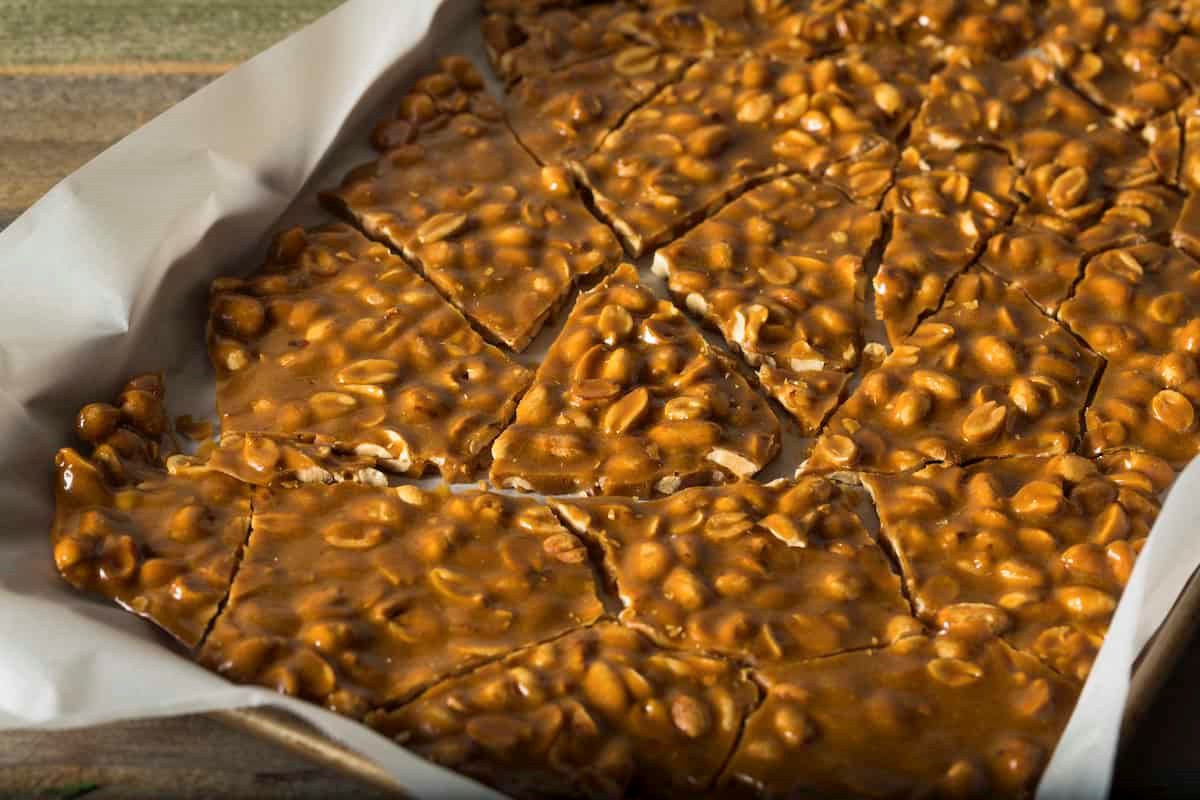
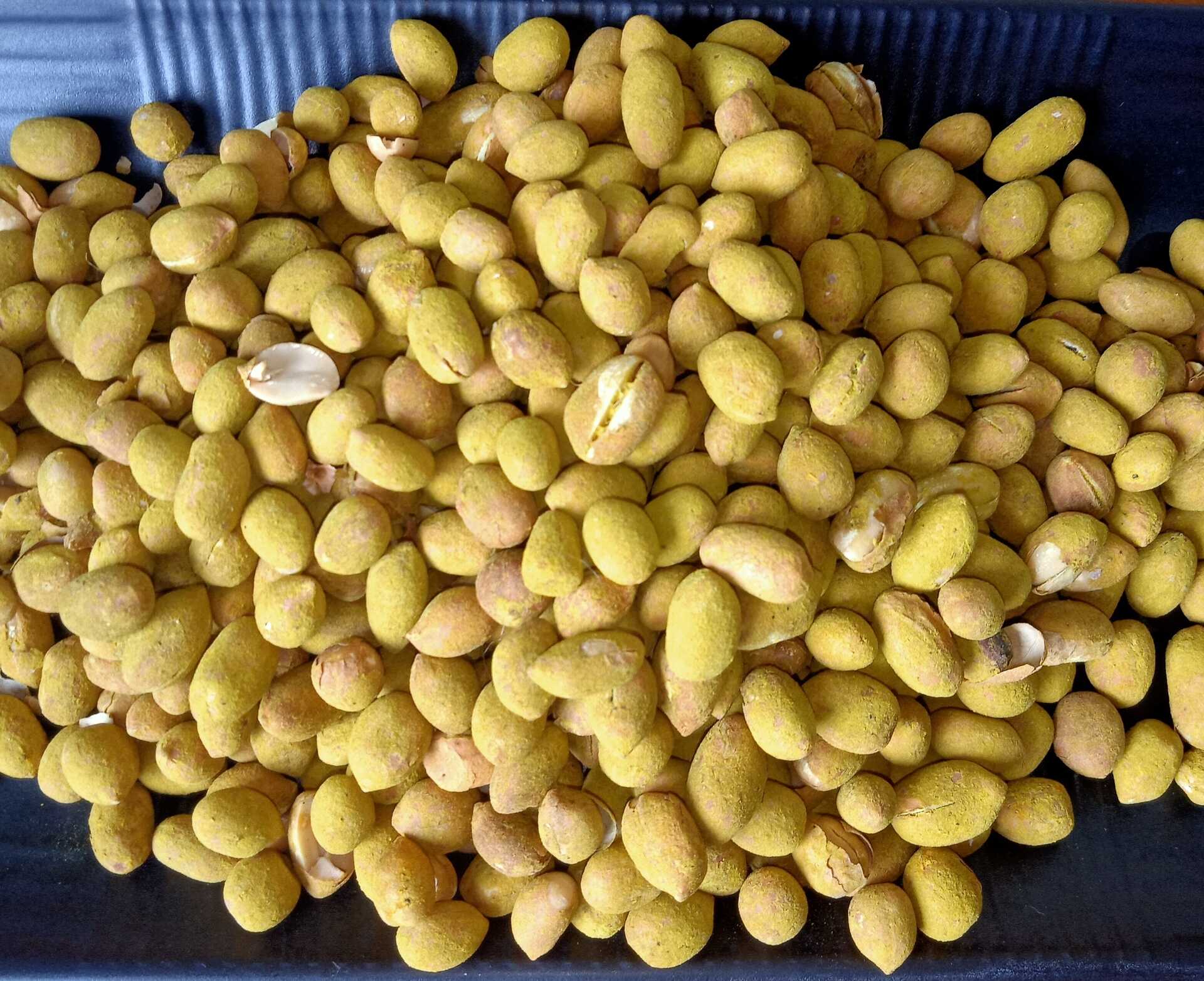
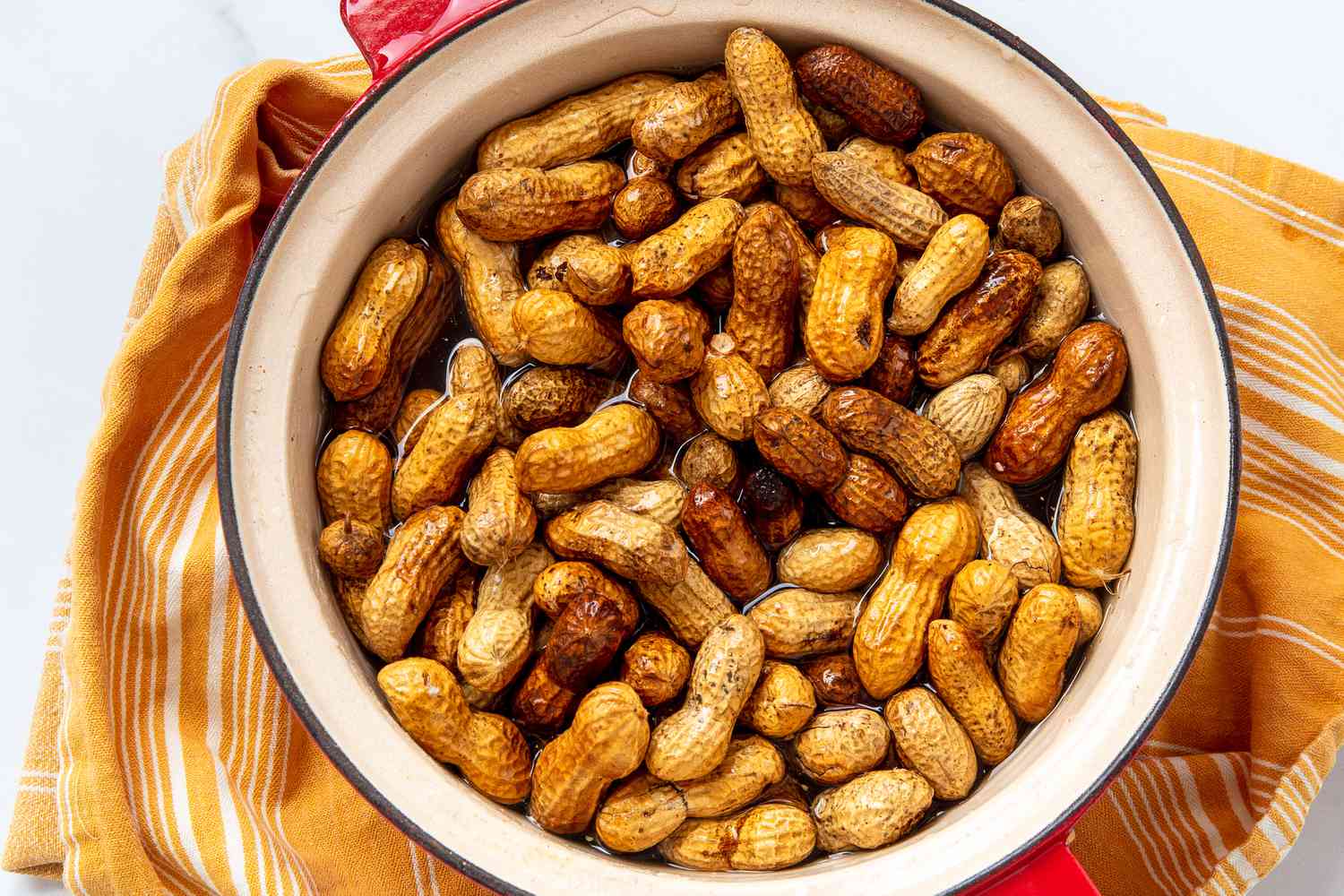
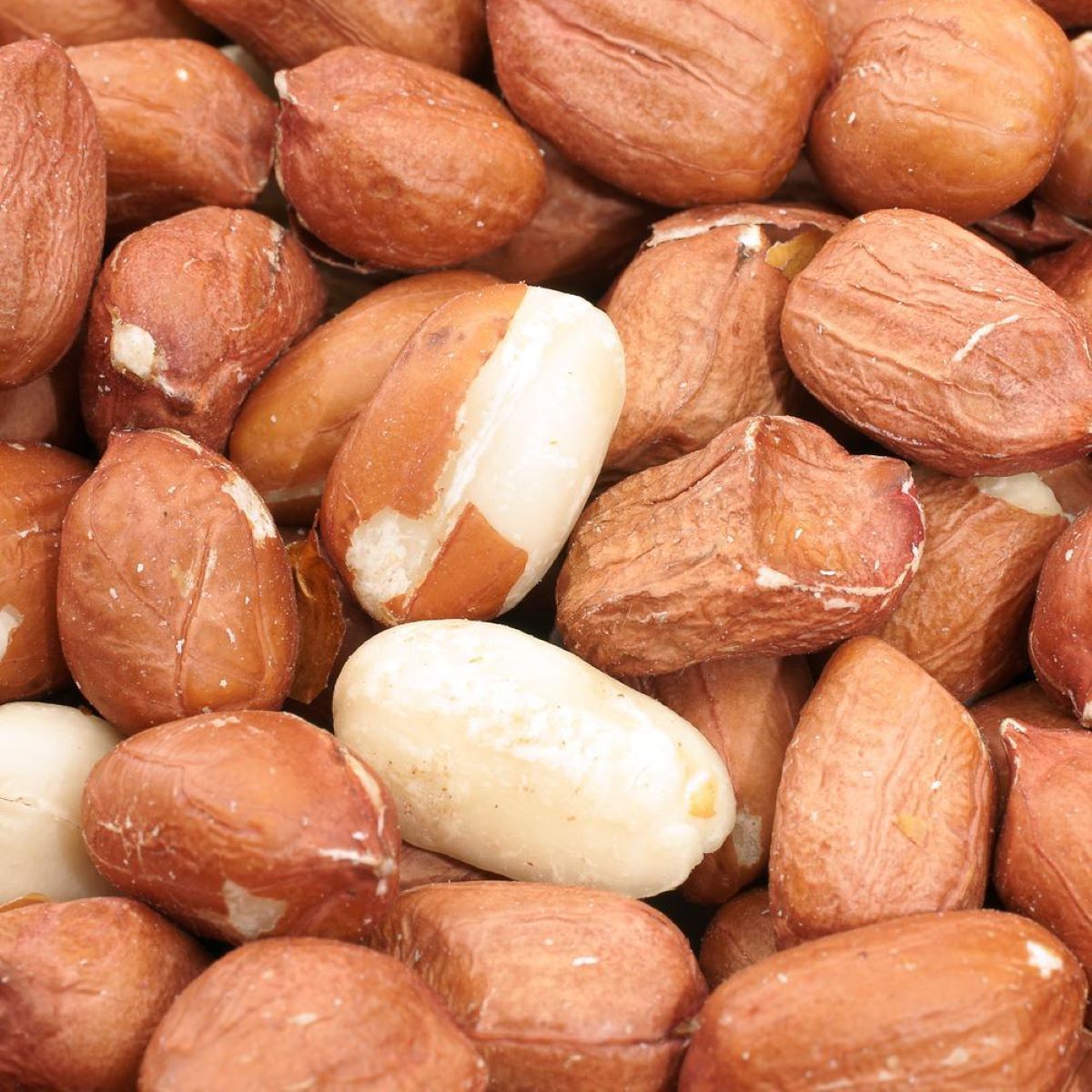
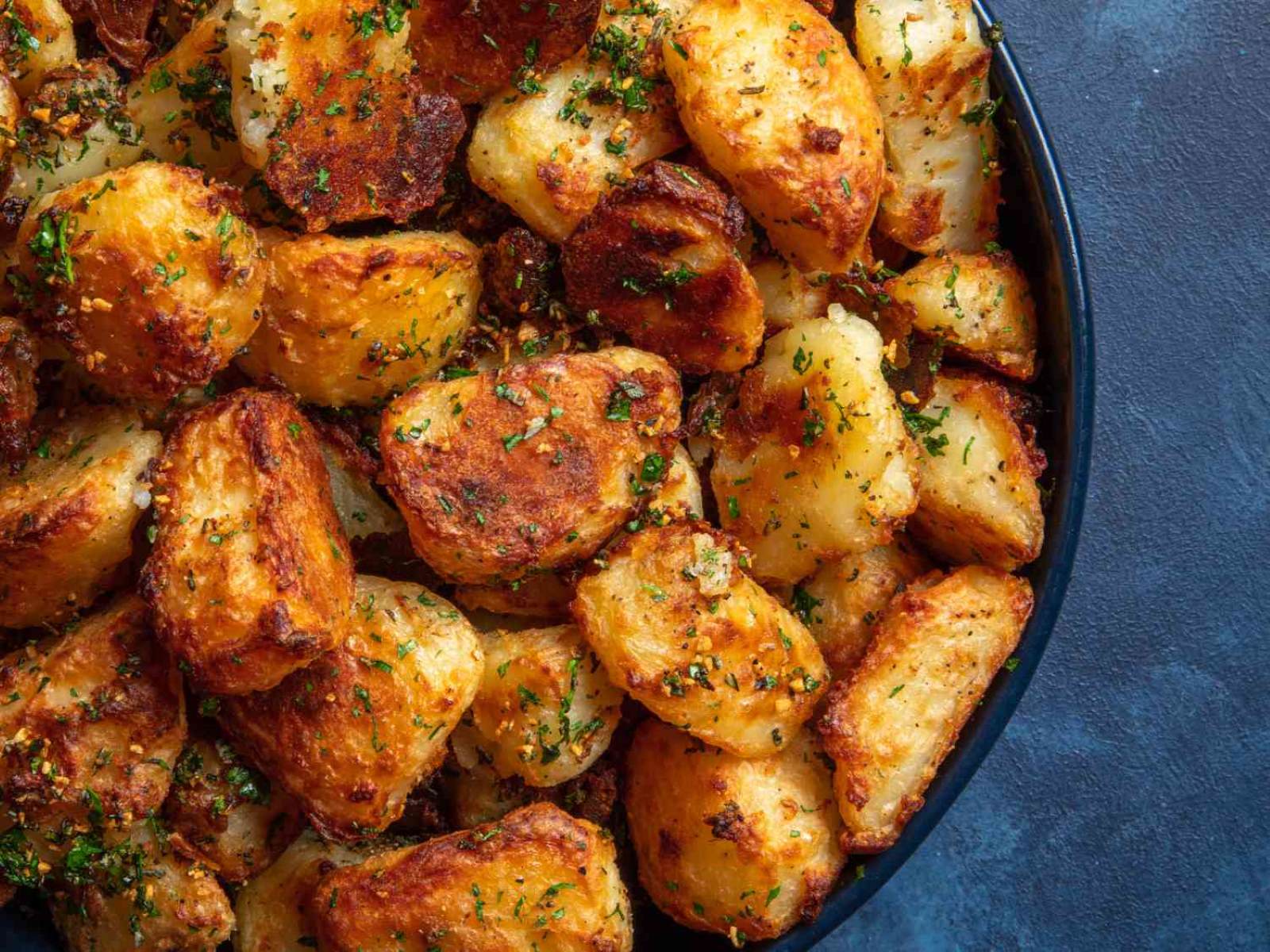
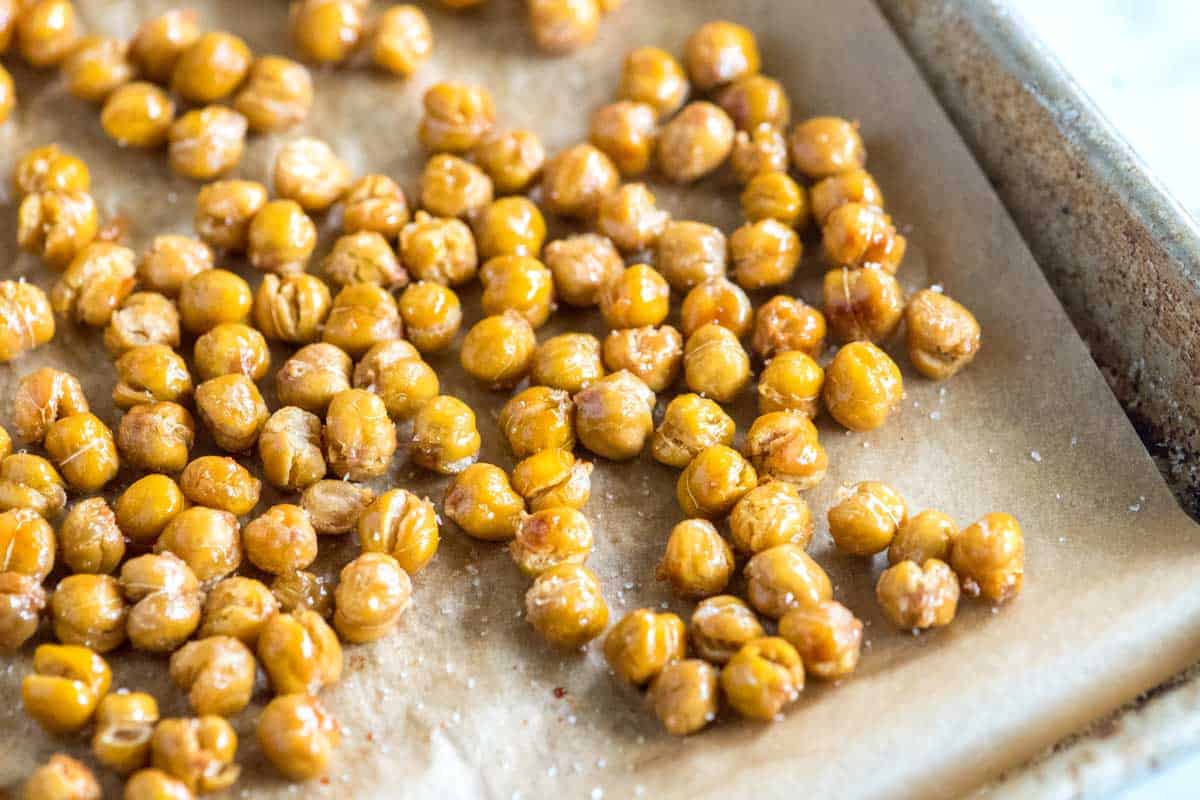
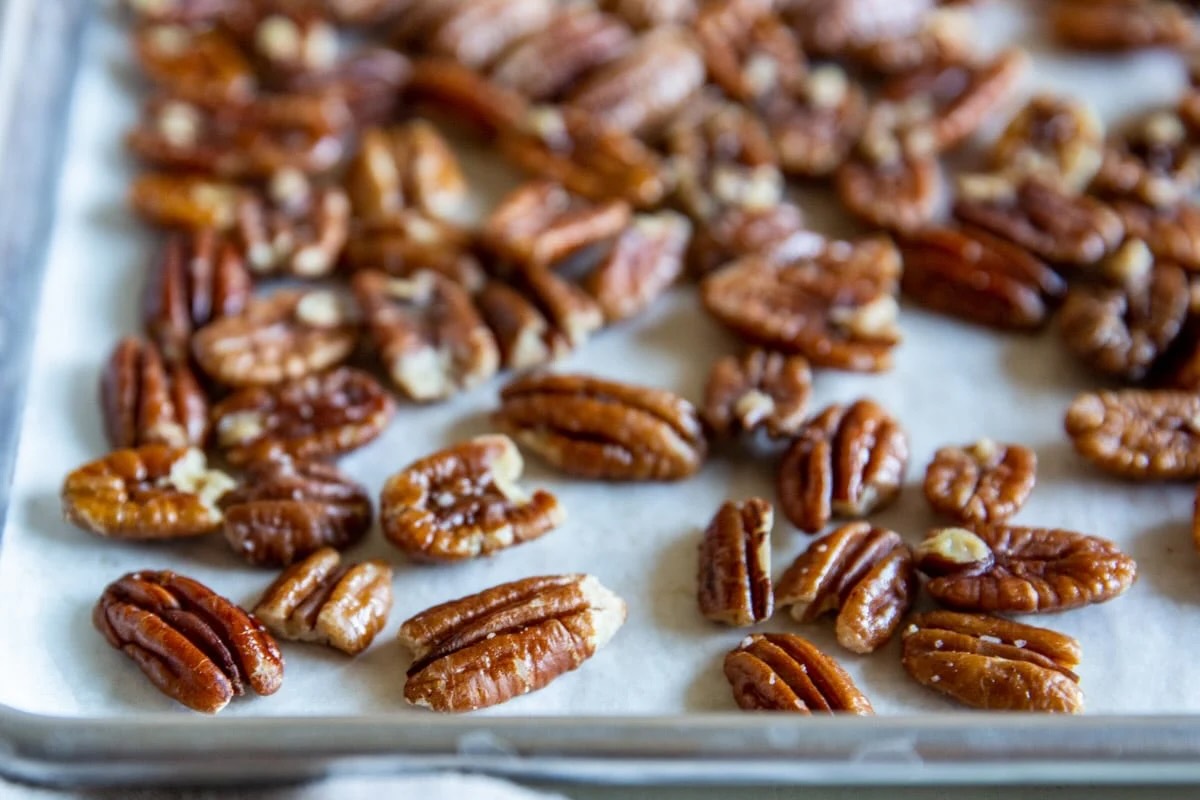
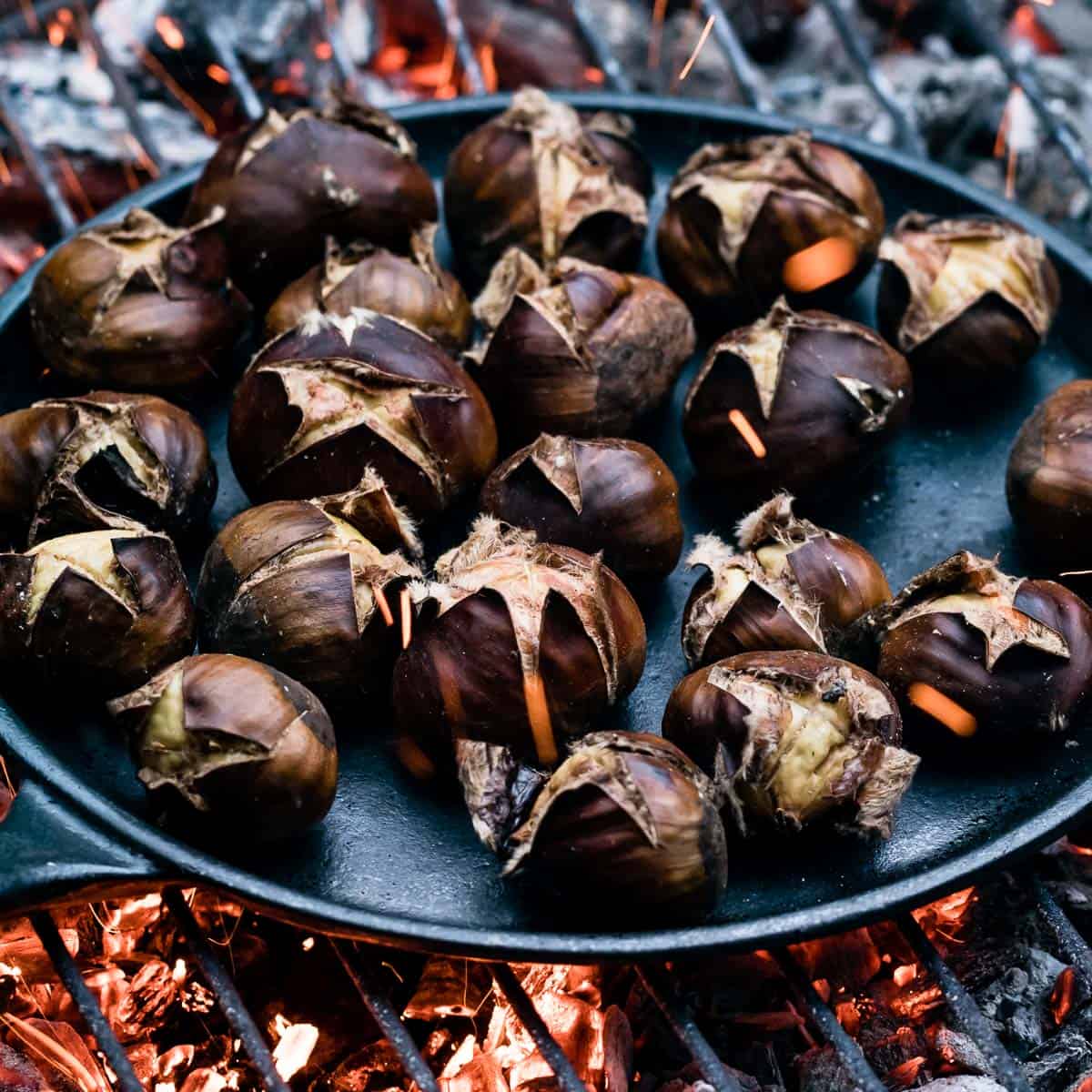
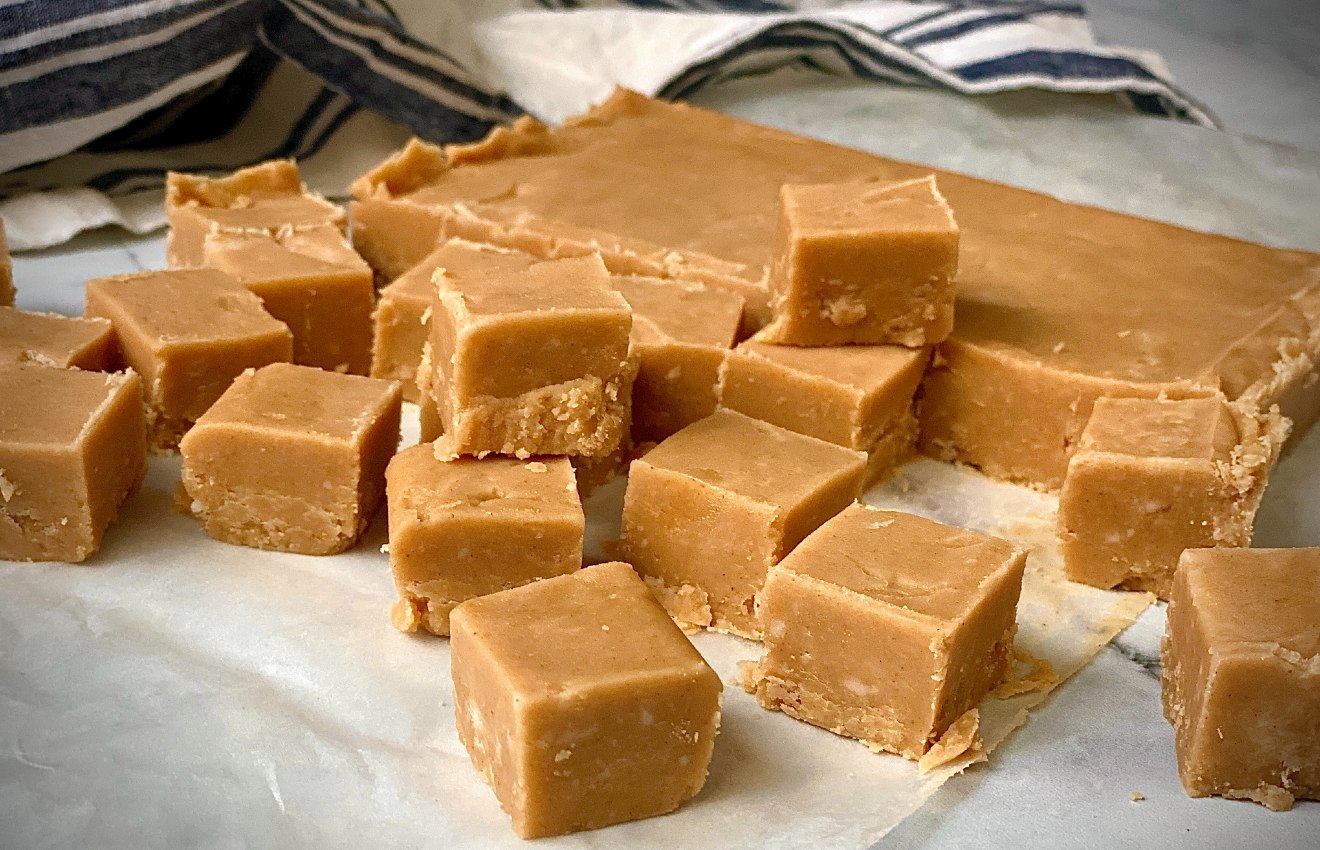
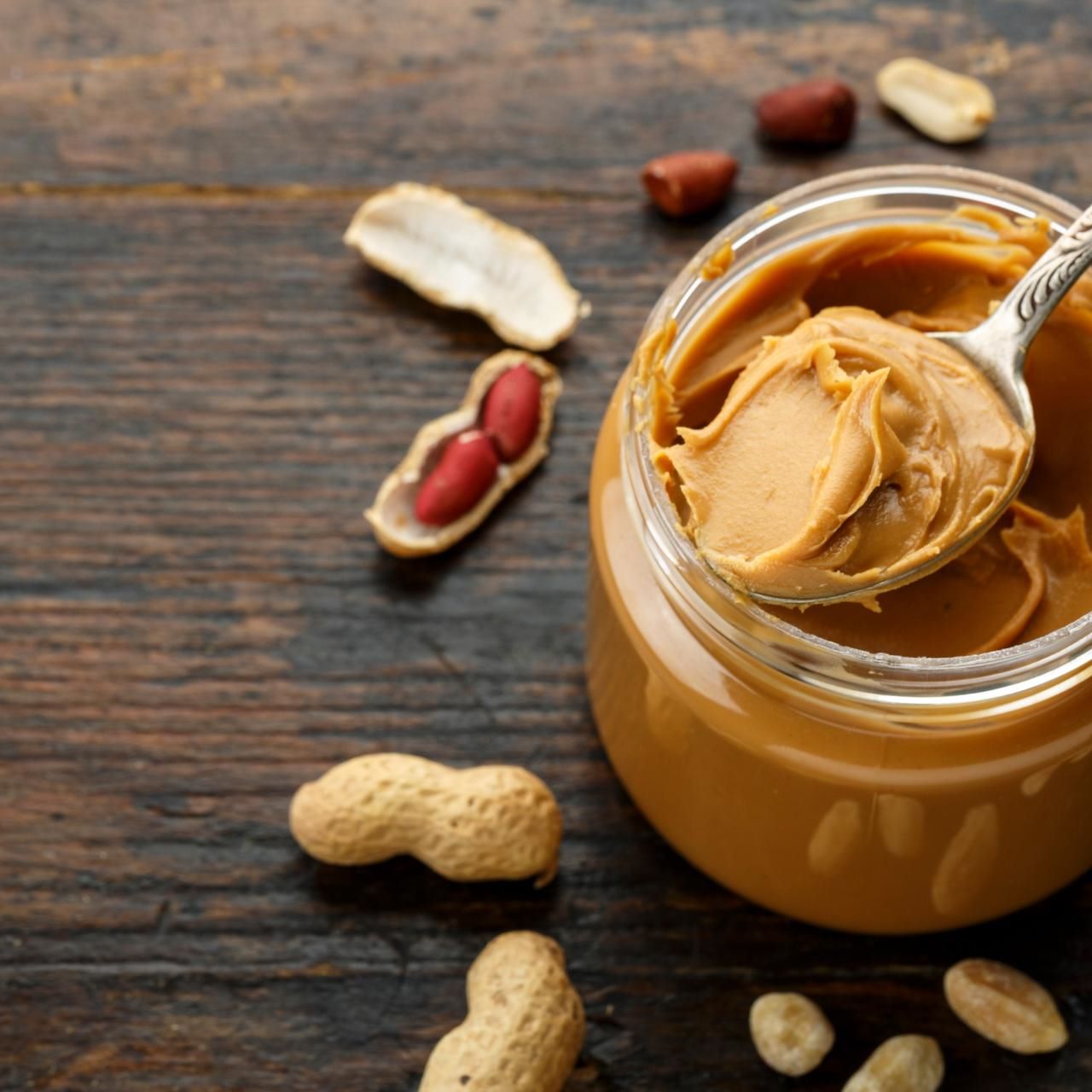
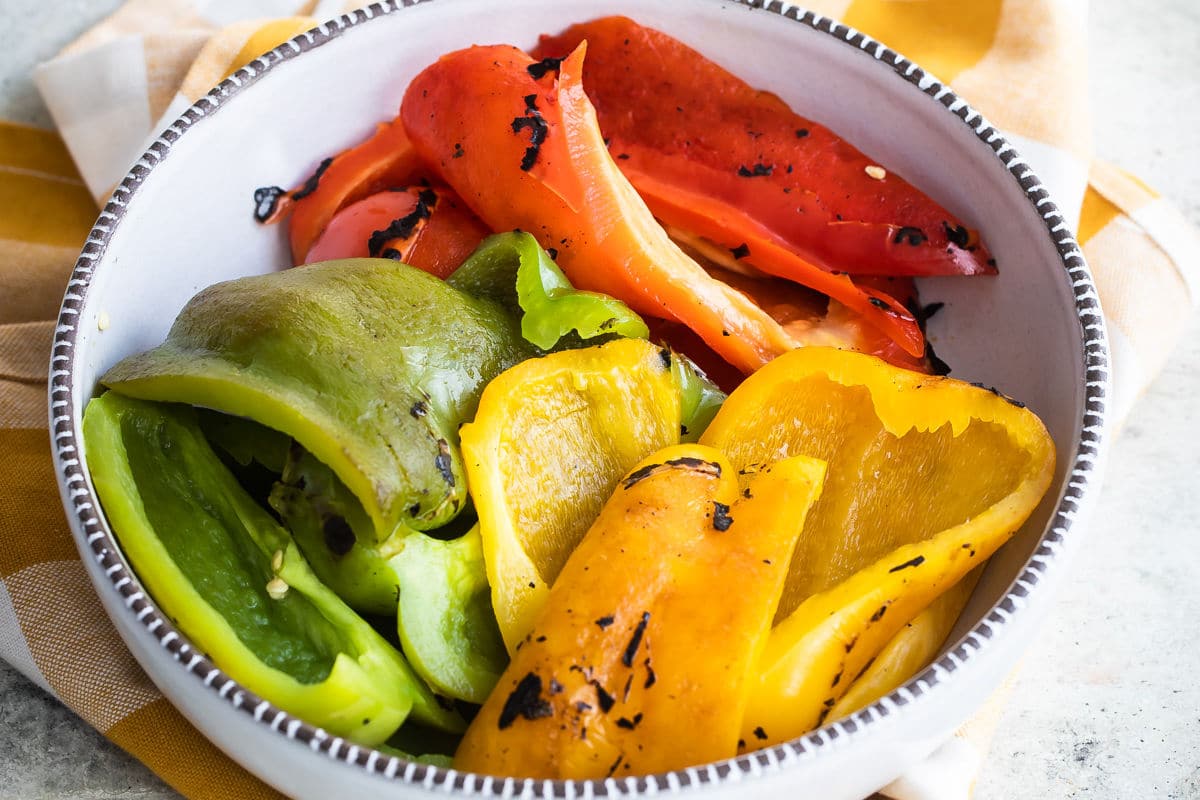

0 thoughts on “How To Store Roasted Peanuts”